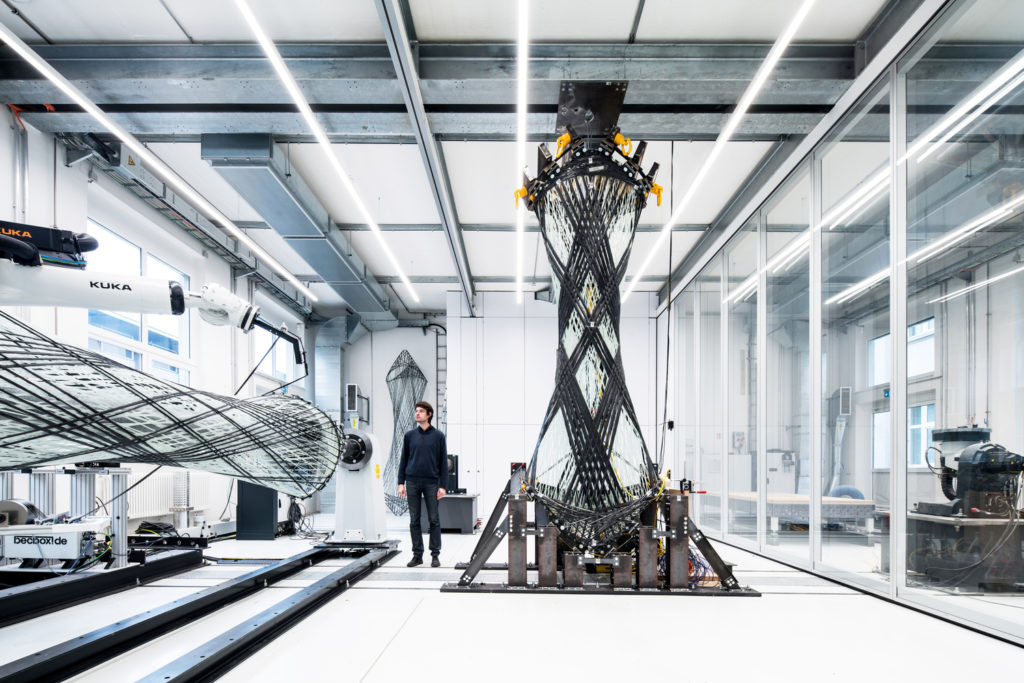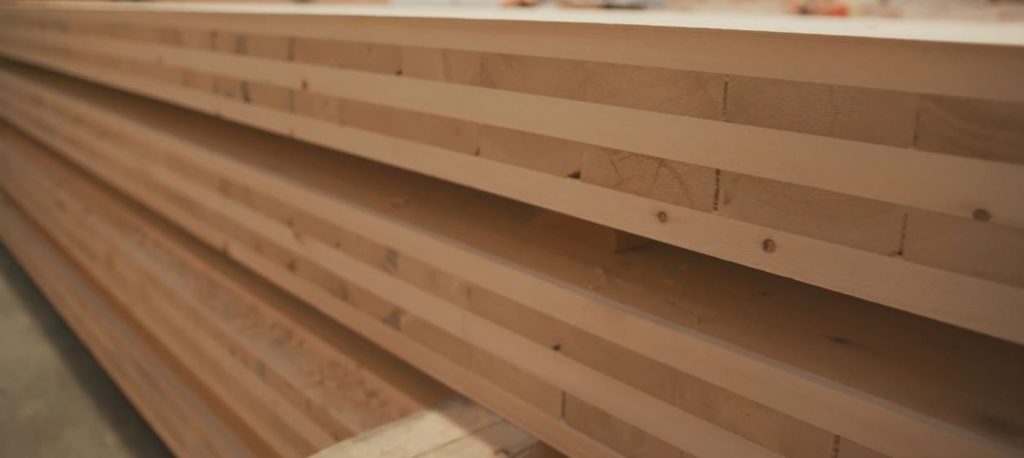Advanced Building Materials for the Construction Industry
Something new to use alongside the tried and true

Society rewards innovators. Inventing something new is not only a great intellectual feat — it can set up the individual, or the company doing the innovating, for financial success. This drive for intellectual and financial greatness has caused the world’s economy to grow exponentially and is the reason objects like computers and cell phones can be affordable.
The construction industry is no different, and people continue to search for stronger, more sustainable, and more cost-efficient materials to complete jobs with. With an ever-growing number of people concerned about the environment, and while there’s always going to be a place for bricks, cement, and wood, exploring new and advanced and sometimes more eco-friendly building materials will also play a vital role in the construction industry of the future.

Image source: archdaily.com
There are so many materials to explore that to touch on them all would make a long read! That said, here are just a few examples of what innovation in the construction industry looks like around the world. It’s not just about advanced software, drones, and 3D drawings but the actual materials as well.
Consider these:
Biofoam
- One material that’s finding a place in the world of construction these days is biofoam. A rigid biofoam composite is made up of polymeric foams obtained from functionalized vegetable oils and synthetic/lignocellulosic fibres.
- We may not have to understand the science behind them to know that they work and can be used in housing construction as cavity wall housing insulation as an alternative to traditional sandwich composites.
- Advantages include the fact that a biofoam is more likely to be biodegradable and sustainable.
- Biofoam is something you could offer to your clients if you’re looking to be a little more eco-friendly. Plant-based rigid foams (biofoams) allow developers to obtain the benefits of rigid foams without negative environmental implications. Due to them being plant-based, they biodegrade much more quickly and healthily. Additional materials can also be added to biofoams to make them more moisture-resistant and/or fire retardant.
- Other uses in the construction industry include using biofoams for shock absorption and noise reduction.
CLT
- What is it and how is it used? CLT refers to cross laminated timber.
- The simple explanation of CLT is that it’s a building system based on using large, multi-layered, solid wood panels designed to compete with traditional solid-mineral based building materials.
- Here’s what we mean:
- As an engineered timber product, it has great application in load bearing situations both in, and out of plane. It’s considered more stable and less likely to become deformed under pressure from such outside influences as moisture. This is because it is made up of multiple layers which are cross-grained (stacked in alternating directions) adding to their strength.
- CLT has a certified life span of approximately 60 years but there are examples in Europe of timber homes built similarly and which are still standing 700 years later! Yes, you read that right.

Image Source: blog.strongtie.com
3D Concrete
If you think you’ve heard everything, we have just one question; have you heard about 3D concrete? It’s available now and it is a product that is strong yet flexible, takes less labour intensive person hours to work with and dries quickly. Let’s start with the first point:
- Strong but flexible
- This refers simply to the fact that because the concrete is extruded according to a specific software application, the variety of building styles is very flexible and can include curves, intricate patterns, and designs. So, flexibility in the design of your structure is wide open! It also dries quickly and made of materials like super-plasticizers included in the concrete material, it’s strong and durable too. Printed in layers, it literally builds strength on top of strength.
- This refers simply to the fact that because the concrete is extruded according to a specific software application, the variety of building styles is very flexible and can include curves, intricate patterns, and designs. So, flexibility in the design of your structure is wide open! It also dries quickly and made of materials like super-plasticizers included in the concrete material, it’s strong and durable too. Printed in layers, it literally builds strength on top of strength.
- Less labour intensive
- Depending on your perspective, this is a positive or a negative. There is the potential for a loss in manufacturing jobs in a sector already facing shortages but this of course, could result in labour cost savings. Additionally, saving time, effort and in some cases material costs will also result in a cost savings.
- Depending on your perspective, this is a positive or a negative. There is the potential for a loss in manufacturing jobs in a sector already facing shortages but this of course, could result in labour cost savings. Additionally, saving time, effort and in some cases material costs will also result in a cost savings.
- Long term viability
- Yes, it dries quickly, and strength is derived from a layering effect but does it last? Well there are some schools of thought around this. A concrete block constructed home is expected to last for about 100 years without significant need of repair.
- A 3D concrete construction build is anticipated to last the same amount of time AND in some circumstances is considered the more environmentally friendly option. Less Co2 emissions arise from its use (by as much as 60%) and there is less waste. Because you don’t need much in the way of materials on the job site, or even transportation and infrastructure to support a traditional onsite build, there is less manufacturing waste this way.
As we referred to earlier there are a myriad of other materials we could talk about, and perhaps in another blog we’ll take this further!. There’s artificial spider silk, considered stronger than steel, and bioplastics that offer a significantly reduced bio footprint with fewer emissions but a range of design choices due to their flexibility. Then there are nanomaterials that might sound like the stuff of science fiction but are yet another source of new and innovative materials used in manufacturing and construction that we are sure to read more about in the future.
What all of this means is that the construction industry is changing – significantly. Whether companies explore these new alternatives as cost-savings measures, because they are good for the environment or to market them and their expertise to others in the industry, we feel one thing is certain – there’s bound to be something new in your next build, alongside the more tried and true.
*Brought to you by Plexxis Software: Offering software solutions for the construction industry that integrates cloud, mobile and on-premise software to improve and enhance team performance.
Share:
New From Plexxis

Difference Between Structured and Unstructured Data

The Cost of Data Breaches in the Construction Industry


